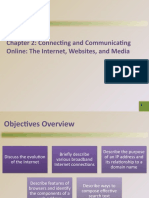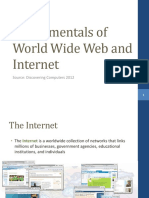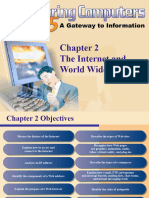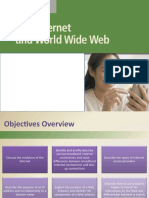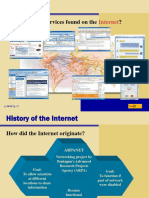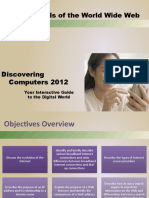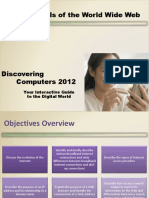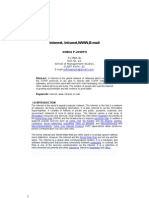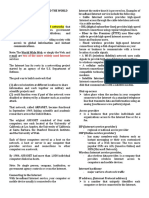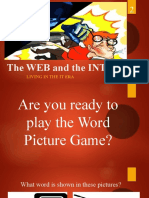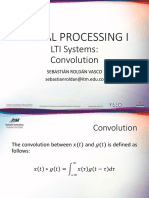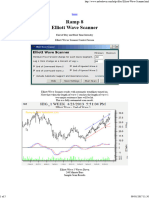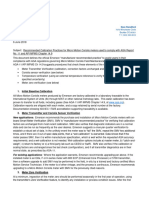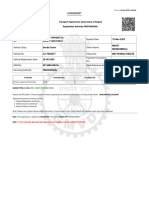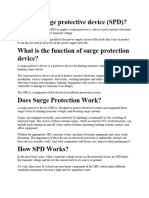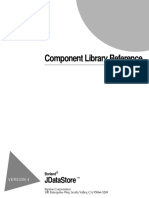0% found this document useful (0 votes)
14 views52 pagesLecture 2
The document provides an overview of the Internet and World Wide Web, detailing its evolution from ARPANET to the modern Internet, including various types of broadband connections and access providers. It explains key concepts such as IP addresses, domain names, web browsers, and the types of websites, as well as the functionalities of e-commerce and other internet services like email and instant messaging. Additionally, it emphasizes the importance of netiquette and the evaluation of web content for accuracy.
Uploaded by
godsentbright101Copyright
© © All Rights Reserved
We take content rights seriously. If you suspect this is your content, claim it here.
Available Formats
Download as PPTX, PDF, TXT or read online on Scribd
0% found this document useful (0 votes)
14 views52 pagesLecture 2
The document provides an overview of the Internet and World Wide Web, detailing its evolution from ARPANET to the modern Internet, including various types of broadband connections and access providers. It explains key concepts such as IP addresses, domain names, web browsers, and the types of websites, as well as the functionalities of e-commerce and other internet services like email and instant messaging. Additionally, it emphasizes the importance of netiquette and the evaluation of web content for accuracy.
Uploaded by
godsentbright101Copyright
© © All Rights Reserved
We take content rights seriously. If you suspect this is your content, claim it here.
Available Formats
Download as PPTX, PDF, TXT or read online on Scribd
/ 52



